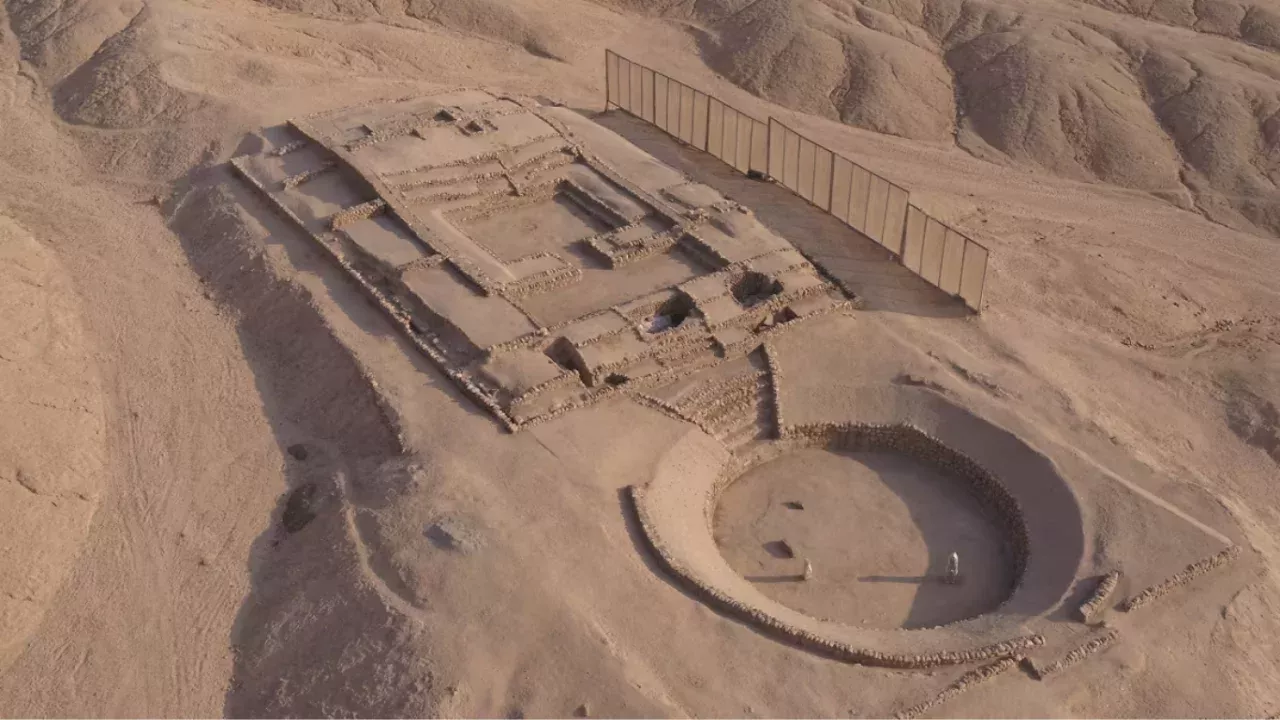
As a result of recent archaeological research, the city of Peniko, located in the territory of Peru and estimated to be around 3000 years old, has been presented to the public. This was reported by Zamin.uz.
This discovery is of great importance in enriching knowledge about Peru's cultural heritage and ancient civilizations. Archaeologists identified more than 18 buildings and residential areas during the excavations.
A large structure named B1-B3 stands out in particular. In this place, figurines made of clay and stone, ritual instruments, and ancient bells made from conch shells were found.
These artifacts were used for calling meetings and worshiping divine powers in the Andean culture. According to experts, the city of Peniko expanded its influence during the decline of the ancient Caral civilization.
Caral is considered one of the oldest civilizations in the Americas. Peniko gained fame through the trade of red hematite pigment due to its geographical location and trade connections.
This pigment held symbolic meaning in Andean cosmology. The newly discovered city of Peniko allows for a deeper exploration of the archaeological and historical development of not only Peru but the entire region.
This discovery plays a significant role in shaping new perspectives on the ancient history and culture of South America. Additionally, it serves as a new impetus for scientific and cultural research, encouraging further efforts to preserve the region's rich cultural heritage for future generations.
The city of Peniko will remain a valuable source for historians and archaeologists.







